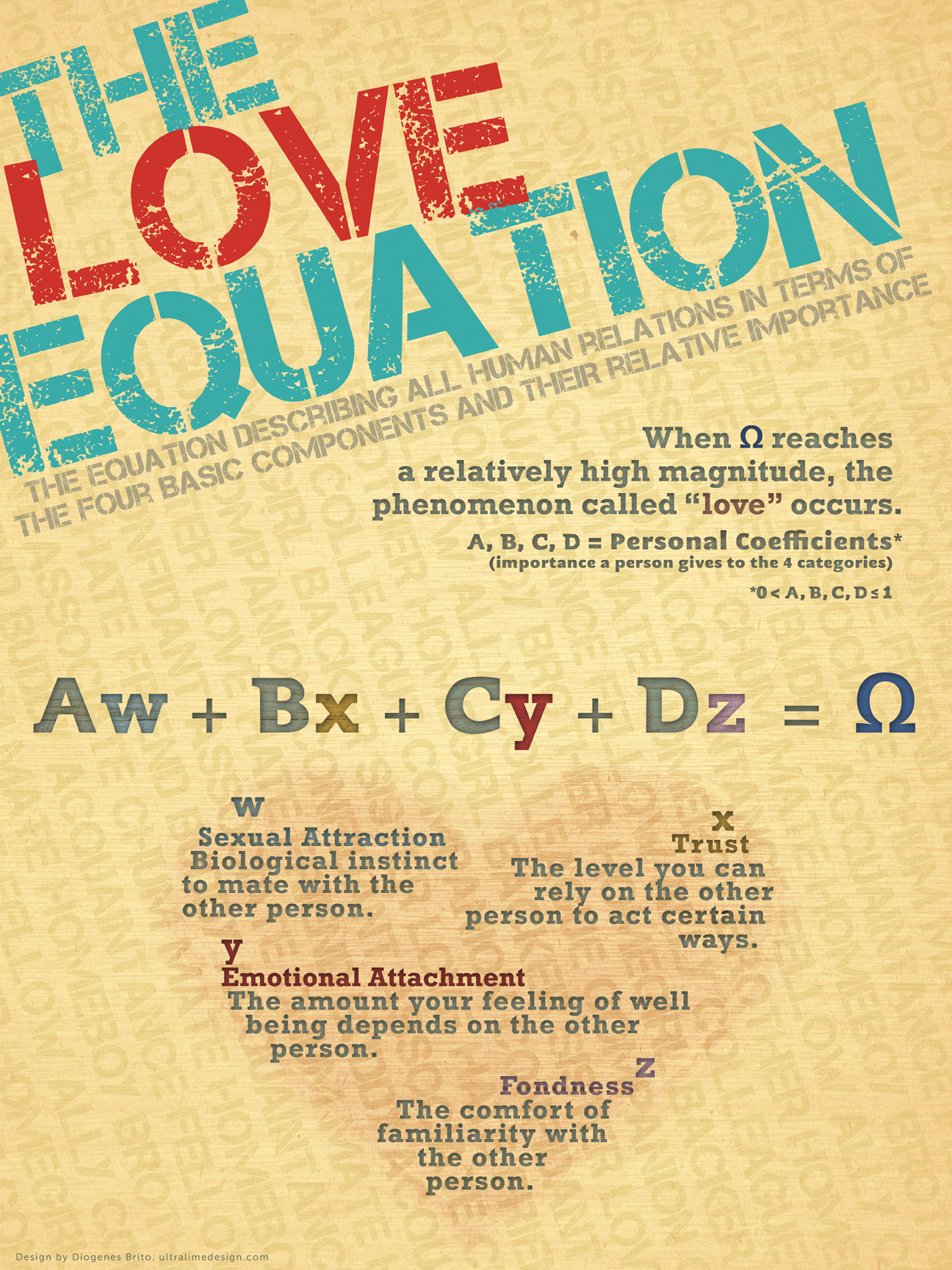One of the pervasive myths about life in a college residence is the idea that fascinating, late night conversations just spring forth out of nowhere every night. They say that you learn the most important life lessons when you're up until the early morning hours chatting it away with your roommate and neighbors--a supposedly common occurrence. Midway through my freshman year I realized that this sort of thing just doesn't happen. Frustrated, I decided that I would take on the job of facilitating some of these conversations and finally tap into the secret knowledge I was supposed to discover at school. I started by walking into my neighbor's room and asking the biggest question I could think of: "what is love?"
What resulted was an over four hour conversation on the myriad ways to describe the feeling of love itself, and more importantly, the many ways we use the word itself in reference to another person. The conversation took place with a core group of 4 people, but at least 5 other people walked in and out of the room and contributed to the conversation, the dominant ideas changing with every opinion. At one point near 2:30AM I decided that the easiest way to explain what we had come up with was to put it in the form of an equation on the whiteboard in our hall. Everyone agreed that the components we spoke of were not quantifiable, but that the equation was a simple way to compress 4+ hours of talking about love and relationships into something that could be explained to others, and resonated as truth to those who saw it.
The Equation
The full description of what we came up with is in the poster, but if you want more info, "The Love Equation" actually is supposed to describe all human relationships. Specifically it describes one person's feelings for another person in terms of four basic components and their relative importance. The components are sexual attraction, trust, fondness, and emotional attachment. Sexual attraction is the obvious one, it is the person's desire to mate with the other. Trust is how much you feel you can depend on the other person to act a certain way. This encompasses things like whether the person expects the other to tell the truth, keep a secret, or even respond in a predictable manner to an event. Fondness is the comfort of familiarity with the other person. It is the component that is most directly related to the amount of time the two people have spent together. The last component, emotional attachment, is what some people might call the "X Factor," or that "special something." We defined it as how much your feeling of well being depends on the other person. Being constantly worried about the other person, or finding joy in their happiness and being particularly affected by their despair--these are the things that are included in this component.
The coefficients in front of the four components are supposed to represent how many people think different components have different levels of importance. I'm sure everyone has probably met that someone who only seems to care about the sexual attraction category. To look at it like an actual mathematical formula, when the sum of all the components times the coefficients reaches some high threshold, we have what we call love. This definition works well for the way we use the word love in english because the equation takes into account the fact you might love your parents and your spouse, but it is clearly not the same sort of love.
The Poster
I thought the equation would make a great poster, so when one of my class assignments was a layout project (Stanford's Studio Art 160, "Design II: The Bridge"), I got right to work.
